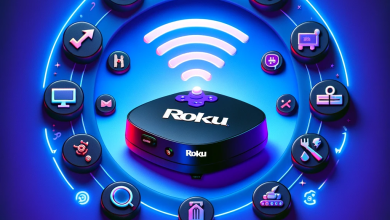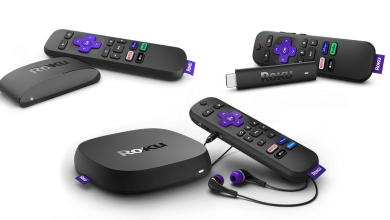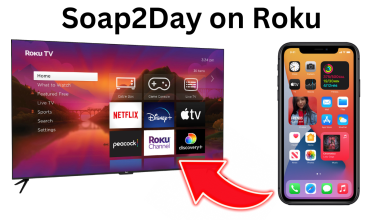How to Fix “Protected Content License Error” on Roku?
The Protected Content License Error signifies a breakdown in the communication between the remote and the TV, leading to non-responsiveness and frustration for users. The most common cause of the Hisense TV remote not working is low or depleted battery power; however, other factors such as signal interference, physical damage, or issues with the TV’s sensor can also contribute to this problem.
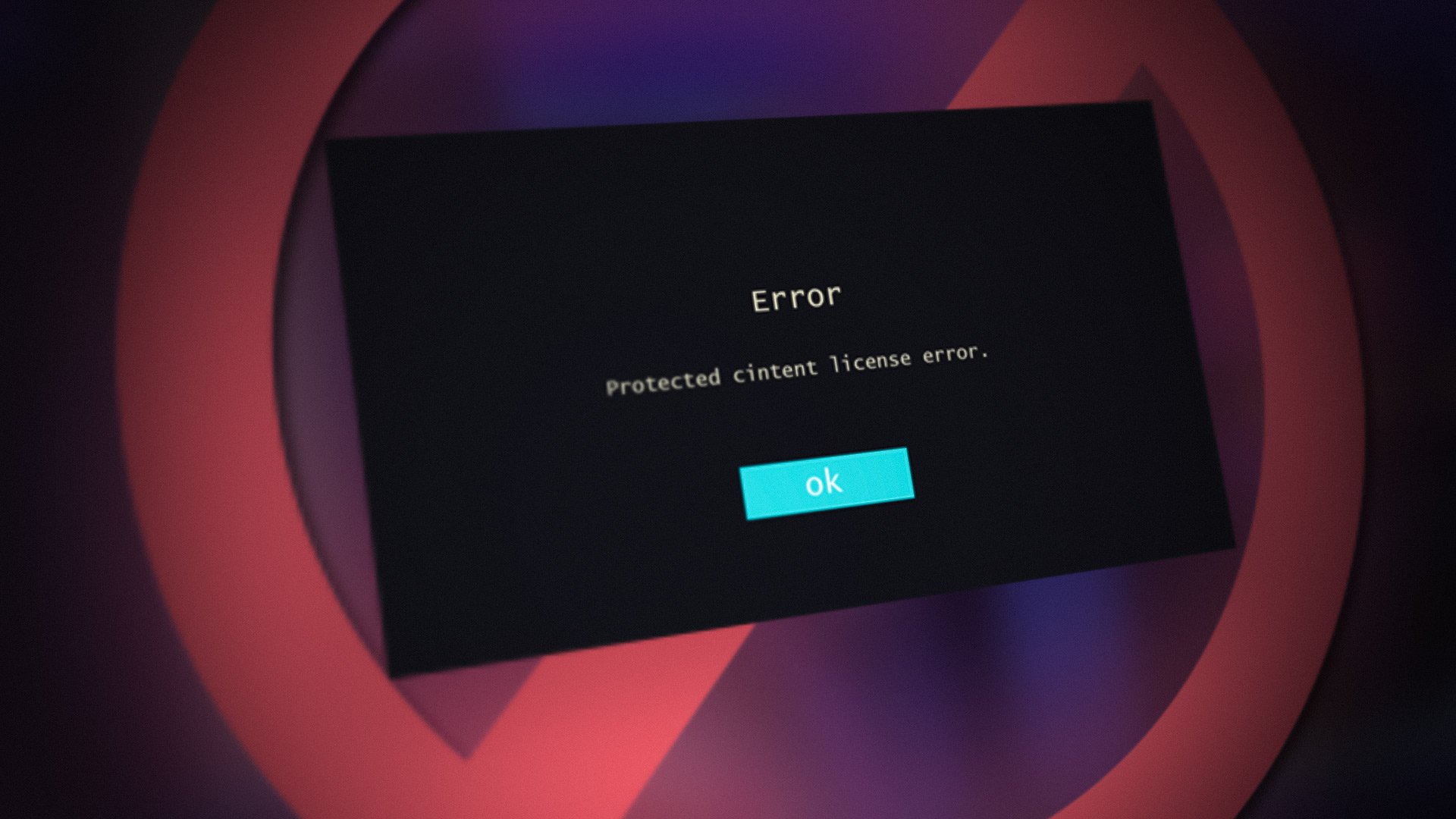
This error indicates that Disney+ understands the media as DRM-protected, and something in your setup, such as a faulty cable, router misconfiguration, etc., does not comply with the requirements for playing DRM-protected media.
Several factors can contribute to the protected license error, but the following are identified as common causes:
- Outdated Firmware of the Streaming Device: Corrupt or outdated firmware can prevent the proper execution of an app like Disney+, resulting in the protected content error.
- Auto-Display Refresh Rate of the Streaming Device: If the streaming device’s auto-adjust feature for matching content’s refresh rate to the display’s native rate is misinterpreted as a recording attempt, this can enable the app’s DRM-protection mechanism, causing the error.
- Corrupt Firmware of the Streaming Device: Corrupted firmware may block Disney+’s operations and lead to the error.
1. Perform a Cold Restart of the Device, TV, and Router
This action helps to reset any temporary communication glitches between the devices and the Disney servers, potentially clearing out any issues causing the error. By power cycling the devices and the router, you can give them a new start, often resolving the licensing error and allowing for normal operation of the Disney+ app.
- Launch the Settings of your streaming device (e.g., Roku) and navigate to System.
- Select Power and choose System Restart.
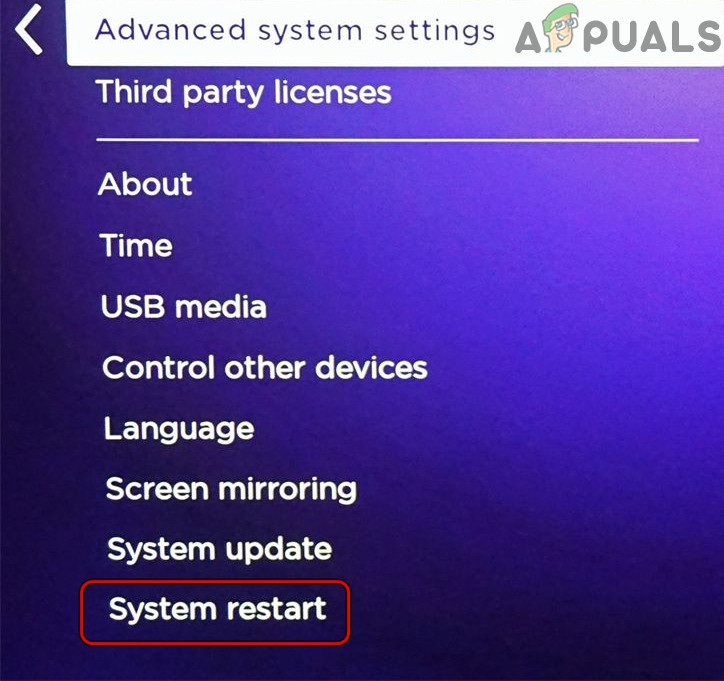
Navigate to System Restart in Roku Settings - After restarting, open Disney+ to see if it functions correctly.
- If the issue persists, power off the streaming device and the TV.
- Disconnect both the Roku and the TV from the power source.
- Power off the router and unplug its power cable.
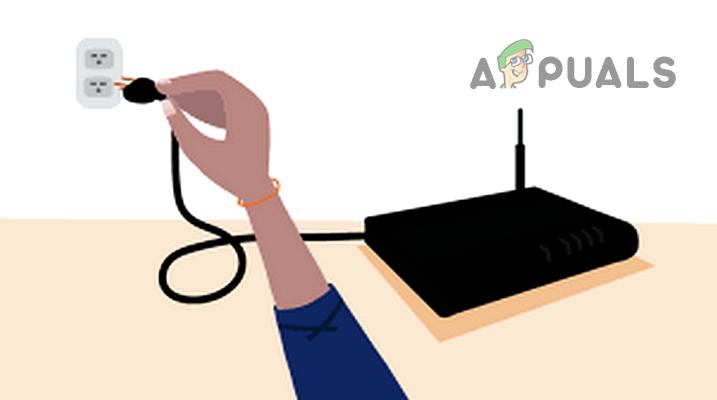
Detach Router from Power Source - Remove all network cables from the router and wait for 5 minutes.
- Reconnect the router’s power cable, followed by connecting the Internet and ethernet cables.
- Power on the router and wait for the indicators to stabilize.
- Plug in the TV’s power cable and switch it on, waiting for it to connect to the Internet.
- Reattach the streaming device to your TV, launch Disney+, and check if the error is resolved.
- If not, see if a different HDMI cable resolves the issue.
- Alternatively, try connecting the streaming device to another TV port.
2. Update the Firmware
By updating the firmware of the streaming device to the latest build, you are making sure that any compatibility issues and bugs that may be causing the protected content license error on Disney+ are resolved. Outdated firmware can prevent the smooth execution of the app, so installing the latest version can potentially resolve the issue and provide a smoother streaming experience.
- Open the Roku’s Settings and navigate to System.
- Go to System Update and select Check Now.
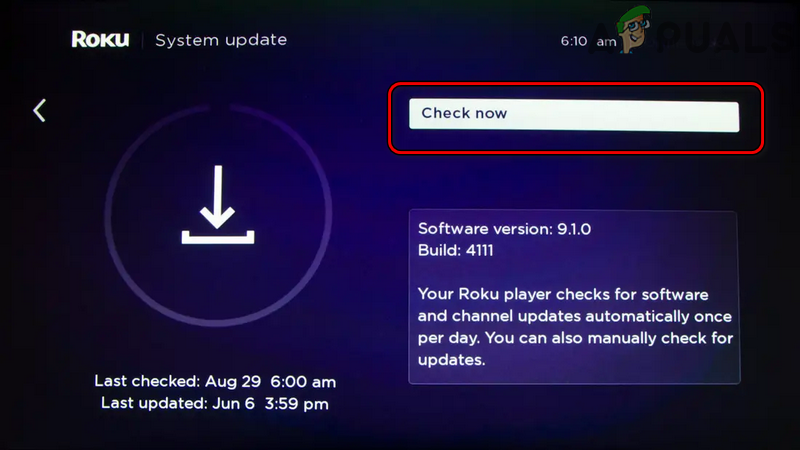
Search for Roku Updates - If an update is available, allow the firmware to download and install.
- Restart the Roku and check Disney+ for the error post-update.
3. Disable Auto Display Refresh Rate
Turning off the Auto Adjust Display Refresh Rate setting on the streaming device, you can prevent any misinterpretation of recording attempts by the device’s auto-refresh rate feature. This can eliminate compatibility issues and help to resolve the protected content license error experienced while using the Disney+ app.
- Open Roku’s Settings and select Display Type.

Adjust Display Type in Roku Settings - Choose the 1080P option and confirm the change.
- Navigate to System under Roku’s settings and select Advanced System Settings.
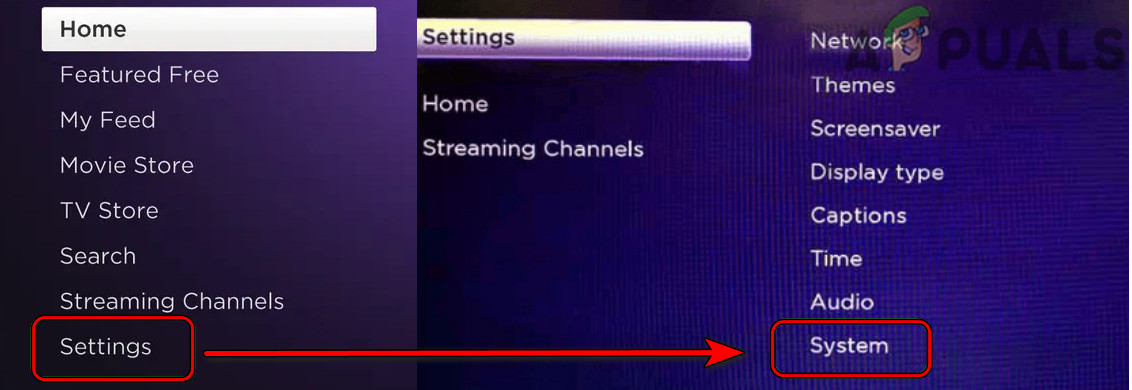
Access System in Roku Settings - Go to Advanced Display Settings and turn off Auto-Adjust Display Refresh Rate.

Access Advanced Display Settings of Roku Device - Restart your Roku and open Disney+ to see if it’s functioning properly.
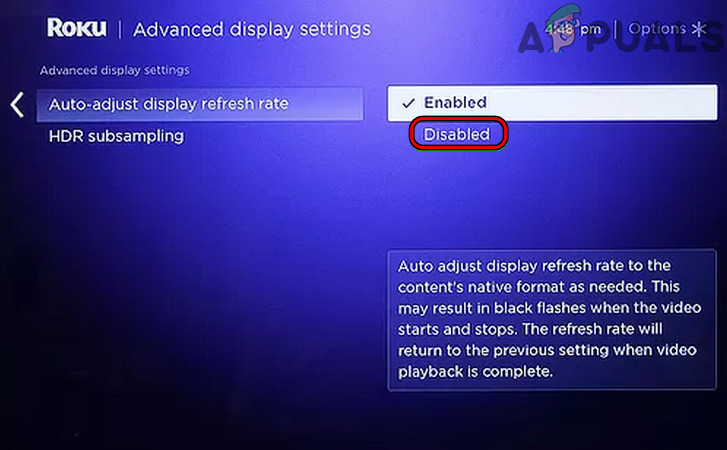
Disable Auto-Adjust Display Refresh Rate
4. Perform a Network Reset of the Streaming Device
This step will clear any network-related issues within your streaming device, which may be causing error. By resetting the network settings, you are essentially starting over and giving the device a clean slate to connect to the Disney+ servers without any potential issues. This can often resolve network-related issues and resolve the error that you are experiencing.
- In Roku’s Settings, select System.
- Choose Advanced System Settings and select Network Connection Reset.

Perform Roku Device Network Connection Reset - Confirm to reset the connection and wait for the automatic reboot.
- Reconnect your Roku to the network and check if Disney+ works without the error.
5. Disable Hardware Acceleration
By disabling hardware acceleration of the browser or device, you are effectively shifting the processing load from the graphics card to the CPU. This can help resolve compatibility issues with Disney+ and reduce protected content license errors, as enabling hardware acceleration may cause conflicts with DRM protection.
- Open the Chrome browser and its Menu.
- Click on Settings, expand Advanced from the left pane.

Open Chrome Browser Settings - In the System tab, toggle off Use Hardware Acceleration When Available.

Disable Use Hardware Acceleration When Available - Relaunch Chrome, visit the Disney+ website, and check if the issue is resolved.
- If unsuccessful, try accessing Disney+ in a different browser like Firefox.
6. Disable IPv6 Protocol
When you disable the IPv6 protocol of the TV, you are mainly preventing any potential conflicts that may occur due to the router’s incapability to handle IPv6 traffic effectively. This conflict often leads to protected content license errors on streaming platforms like Disney+.
Disabling IPv6 resolves the issue by making sure that the TV communicates using a protocol that is fully supported by the router, thus allowing for smoother streaming without encountering DRM-related errors.
- Navigate to the Samsung TV Settings and select the General tab.
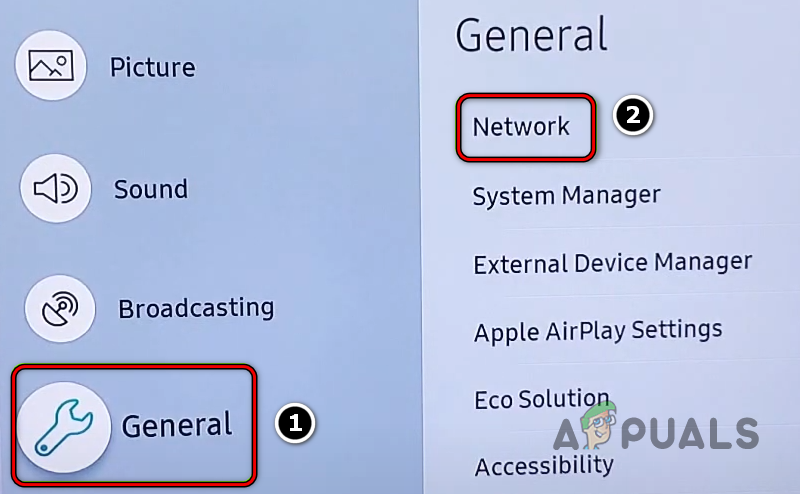
Access Network in Samsung TV General Settings - In the right pane, choose Network, then Expert Settings.

Disable IPv6 in Samsung TV Expert Settings - Toggle off the IPv6 protocol, restart your TV, and launch Disney+ to check for errors.
7. Reinstall the Disney+ App
One of the solutions to resolve this error on Disney+ is to reinstall the app. By doing so, any potential corruption within the app’s installation can be eliminated, which often resolves issues related to content license errors. Reinstalling the app can help ensure a clean and functional installation, potentially resolving the problem.
- Turn on your Android device, go to Settings and tap Application Manager.
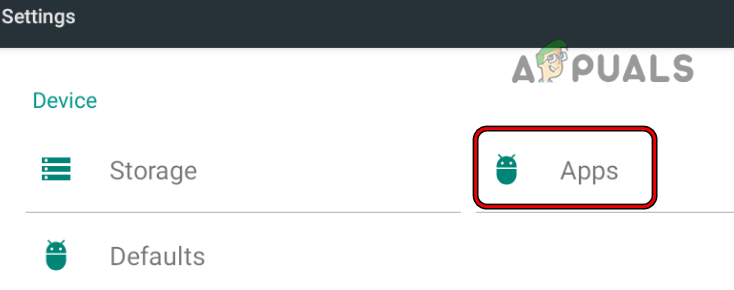
Access Apps in Android Settings - Select the Disney+ app and hit Force Stop.
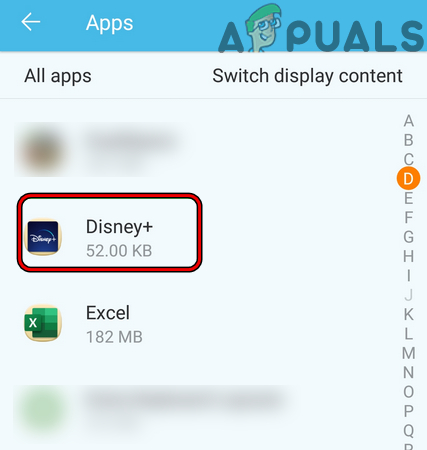
Open Disney+ among Installed Apps on Your Phone - Confirm to force stop and proceed to Storage.
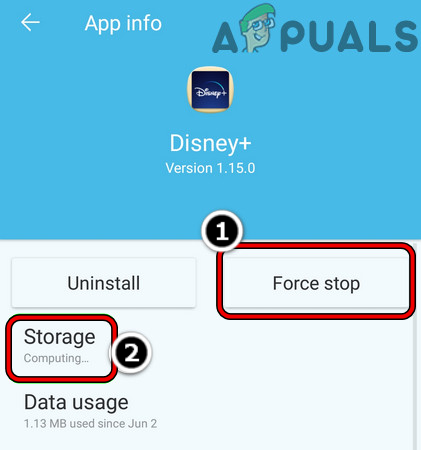
Access Disney+ App Storage Settings - Clear the cache and data by pressing Clear Cache and Clear Storage (or Clear Data).
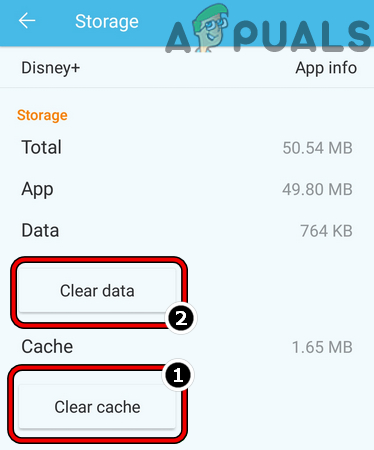
Clear Cache and Data for Disney+ App - Back out and choose Uninstall, confirming the removal of Disney+.

Uninstall the Disney+ App - Restart your device, then reinstall Disney+ to check if the error is resolved.
8. Perform a Factory Reset
By performing a factory reset of the streaming device, you can essentially wipe out any corrupted firmware or software issues that might be causing the protected content license error on Disney+. This process restores the device to its original settings, potentially resolving any underlying issues and allow for a clean start of the Disney+ app to function properly.
- Open Settings on your Roku and choose System.
- Go to Advanced System Settings and select Factory Reset.
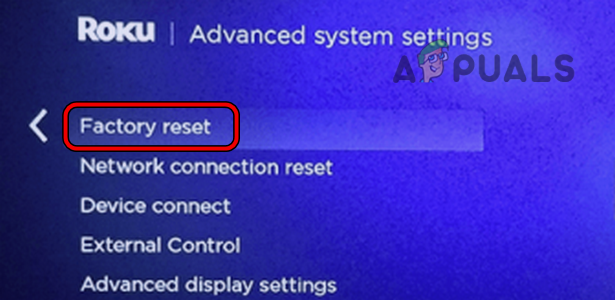
Perform a Factory Reset on Roku Device - Confirm the reset, reconfigure, and repair your Roku to the TV.
- Install Disney+ and check if the error still appears.
- If the error persists, consider factory resetting the TV as well.
9. Disable the Network Firewall
Network firewalls, such as PiHole, may block Disney+ traffic, leading to the error. By temporarily disabling the firewall, you can check if it’s the cause of the issue. If the error is resolved, consider whitelisting specific addresses in the firewall settings to maintain security while using Disney+.
Warning: Proceed with caution as disabling a network firewall comes with security risks.
- Press the Windows key and search for Command Prompt.
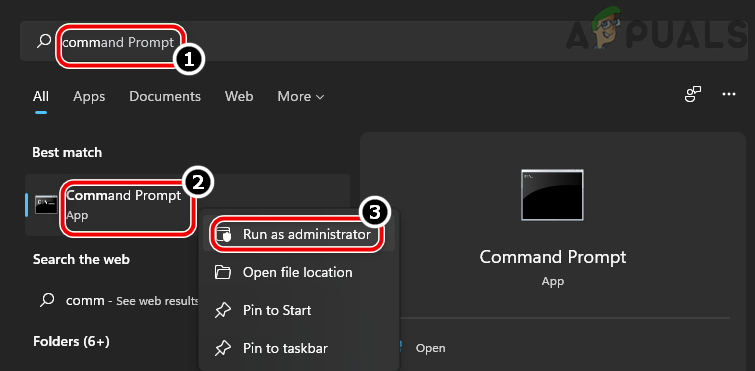
Open Command Prompt as Administrator - Right-click Command Prompt in the results and select Run as Administrator.
- Type the following and press Enter:
pihole
- In the PiHole interface, type and execute:
pihole disable
- Launch Disney+ on the affected device and check if the issue is fixed. If so, consider whitelisting specific addresses in the firewall settings:
https://plugins.qa.roku.com/
10. Use the 2.4 GHz Wi-Fi Band of the Router
One approach that may resolve this error on Disney+ is switching to the 2.4 GHz Wi-Fi band on your router. This can help improve connectivity and stability, as the 5 GHz band may sometimes result in weaker signals affecting the performance of the Disney+ app. Making this change may contribute to a more strong and reliable connection, potentially resolving the issue.
- Open a web browser and navigate to the router’s web portal.
- Enter the router’s Settings and select the Wireless section.
- Deactivate the 5 GHz option, ensuring the 2.4 GHz band is active.
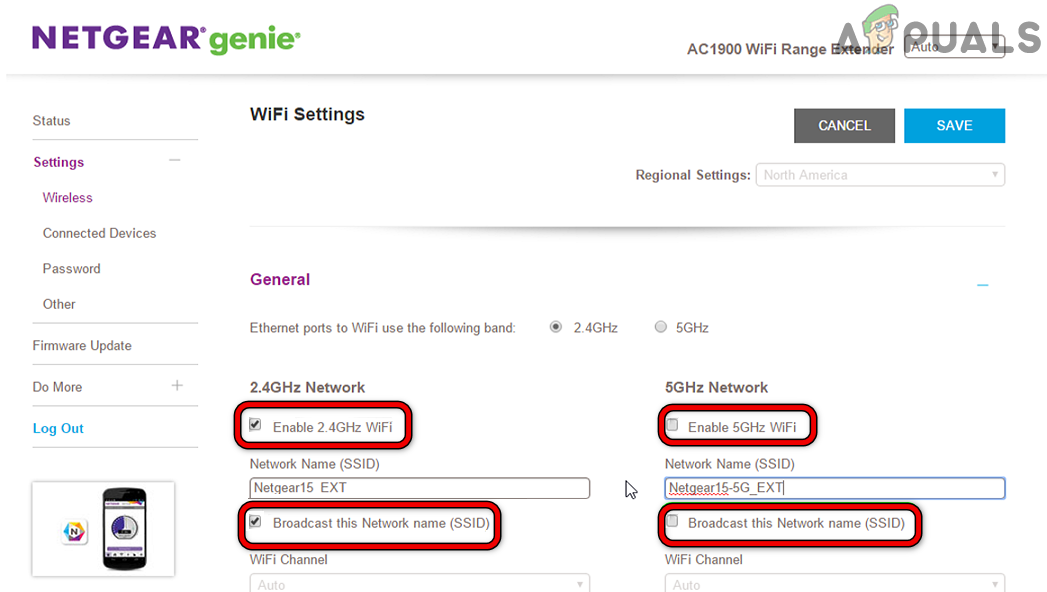
Switch to 2.4 GHz Band in Router Settings - Save changes, restart your router, and check if Disney+ is working correctly.
11. Edit the DNS Settings
When you edit the DNS settings of the TV to use a public DNS like Google’s (e.g., 8.8.8.8), it can resolve potential latency and resolution issues with your ISP’s DNS. This can help improve the communication between your TV and the Disney+ servers, potentially resolving the protected content license error.
- Head to your Samsung TV’s Settings and open the Network tab.
- Select Network Status.
- Click on IP Settings.

Access IP Settings in Samsung TV Settings - Choose DNS Server and select Enter Manually.

Manually Configure DNS Values on Samsung TV - Input the Google DNS value or another preferred public DNS:
8.8.8.8
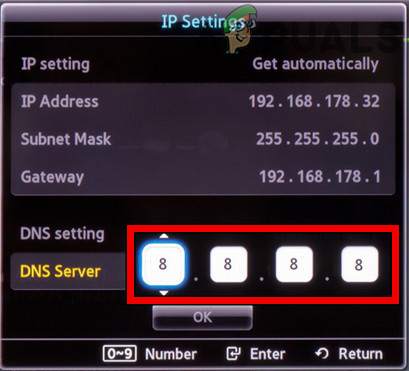
Input Google DNS Value on Samsung TV - Save the settings and restart your Samsung TV.
- After the restart, open the Disney+ app and check if the protected content license error has been resolved.
12. Reset the Router to Factory Defaults
Corruption in the router’s firmware can interfere with the transmission of data between devices and Disney+ servers, causing the protected content license error. A factory reset on the router might resolve this issue. Before proceeding, record all necessary information for re-configuring the router after reset.
- Locate the physical reset button on the router, usually found on the back or bottom.
- Press the reset button with a pointed object (like a paperclip) for 30 seconds, then release it.

Reset Router to Factory Defaults - Wait until the router has fully rebooted and the lights are stable.
- Reconfigure the router as per the manufacturer’s guidelines and reconnect your device or TV to the network.
- Then, check the Disney+ app again to determine if the license error has been corrected.
